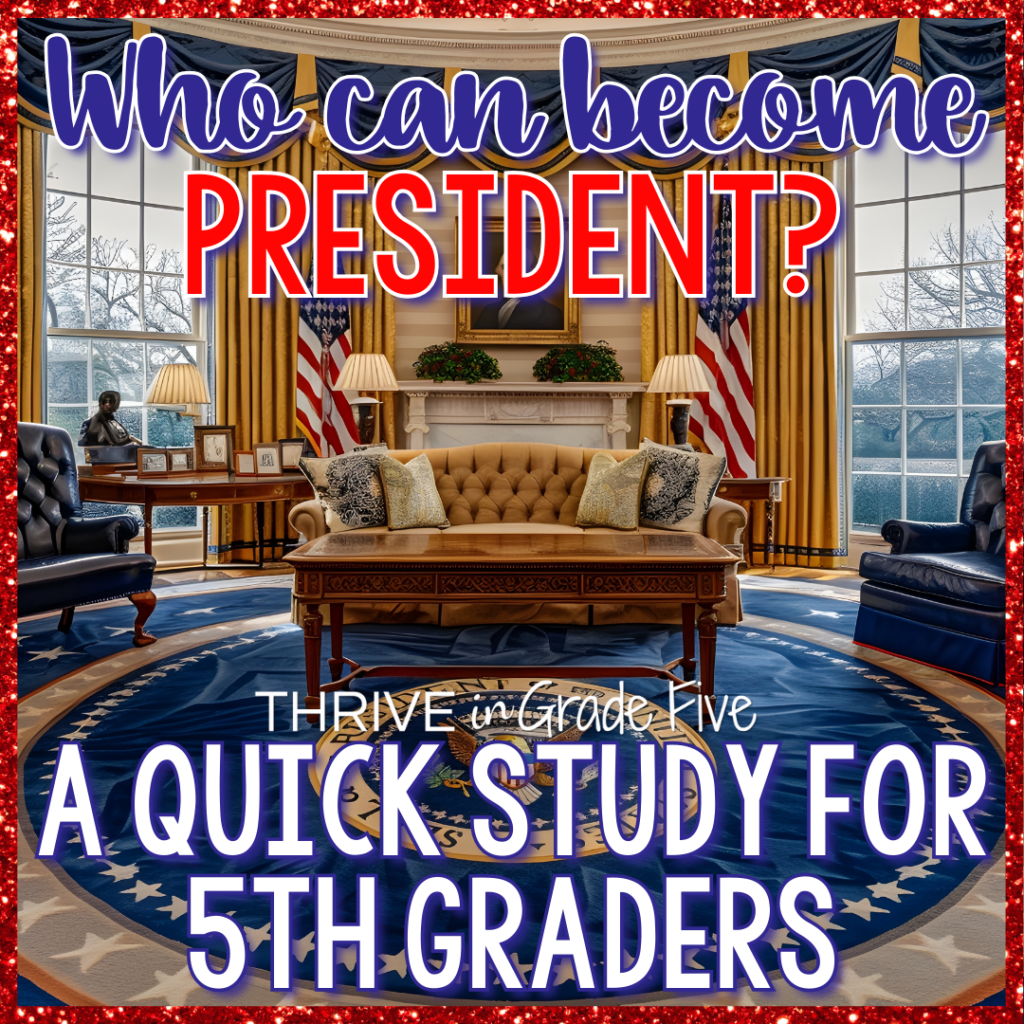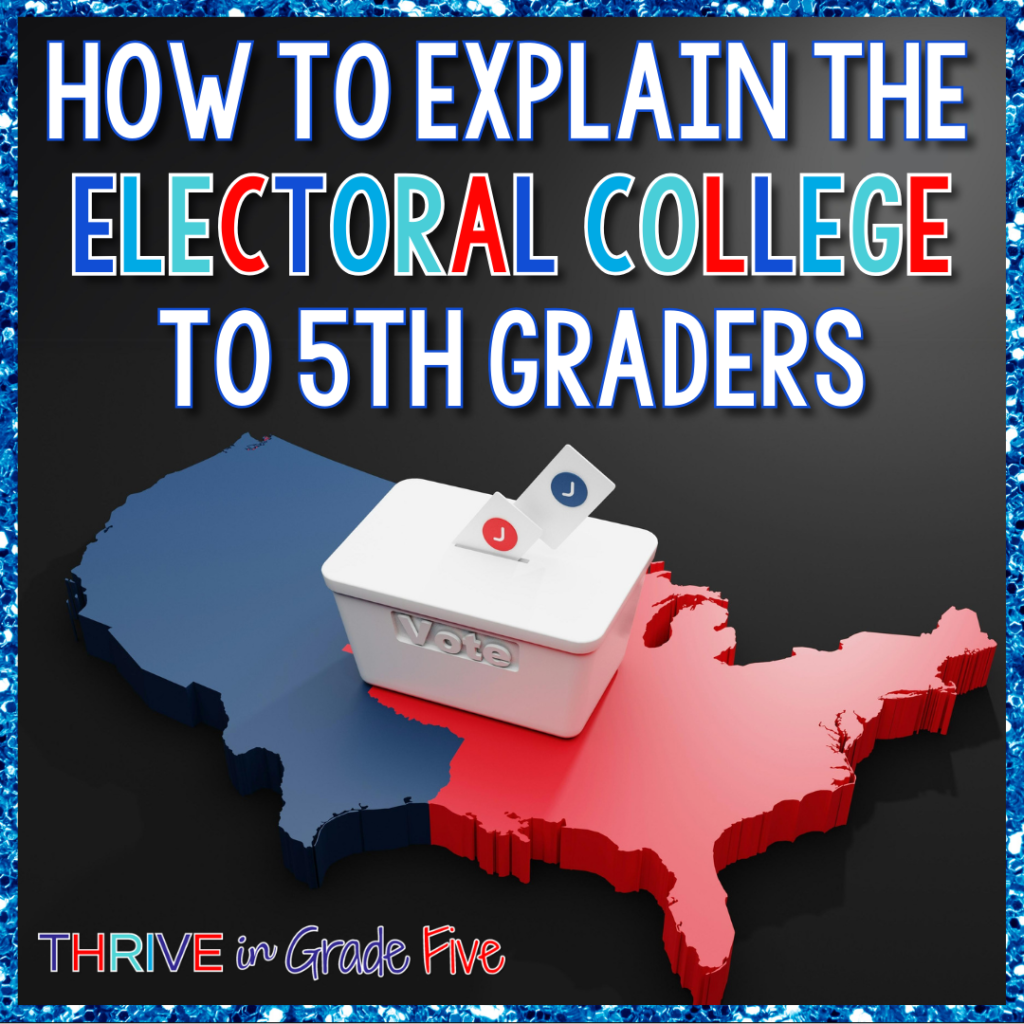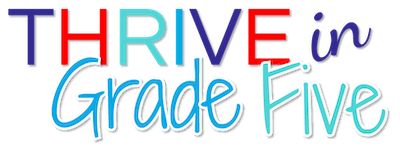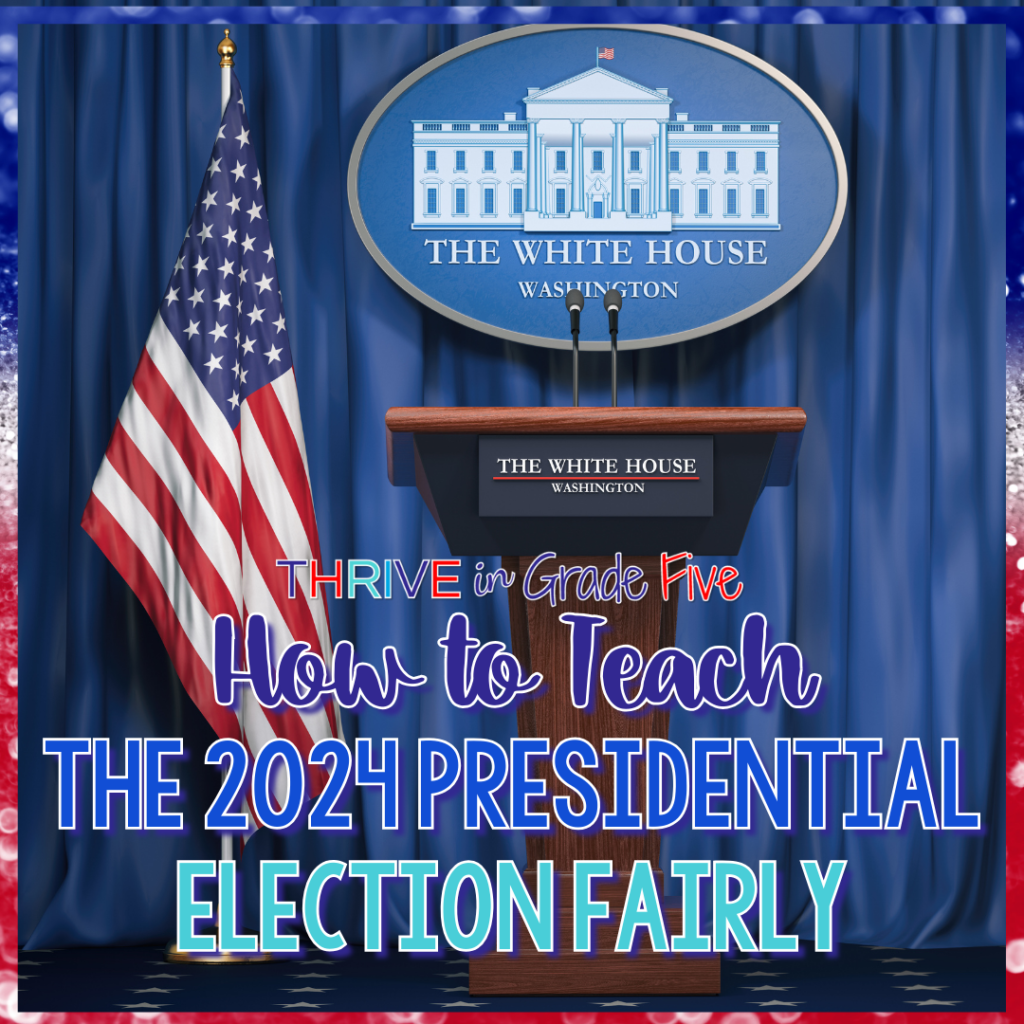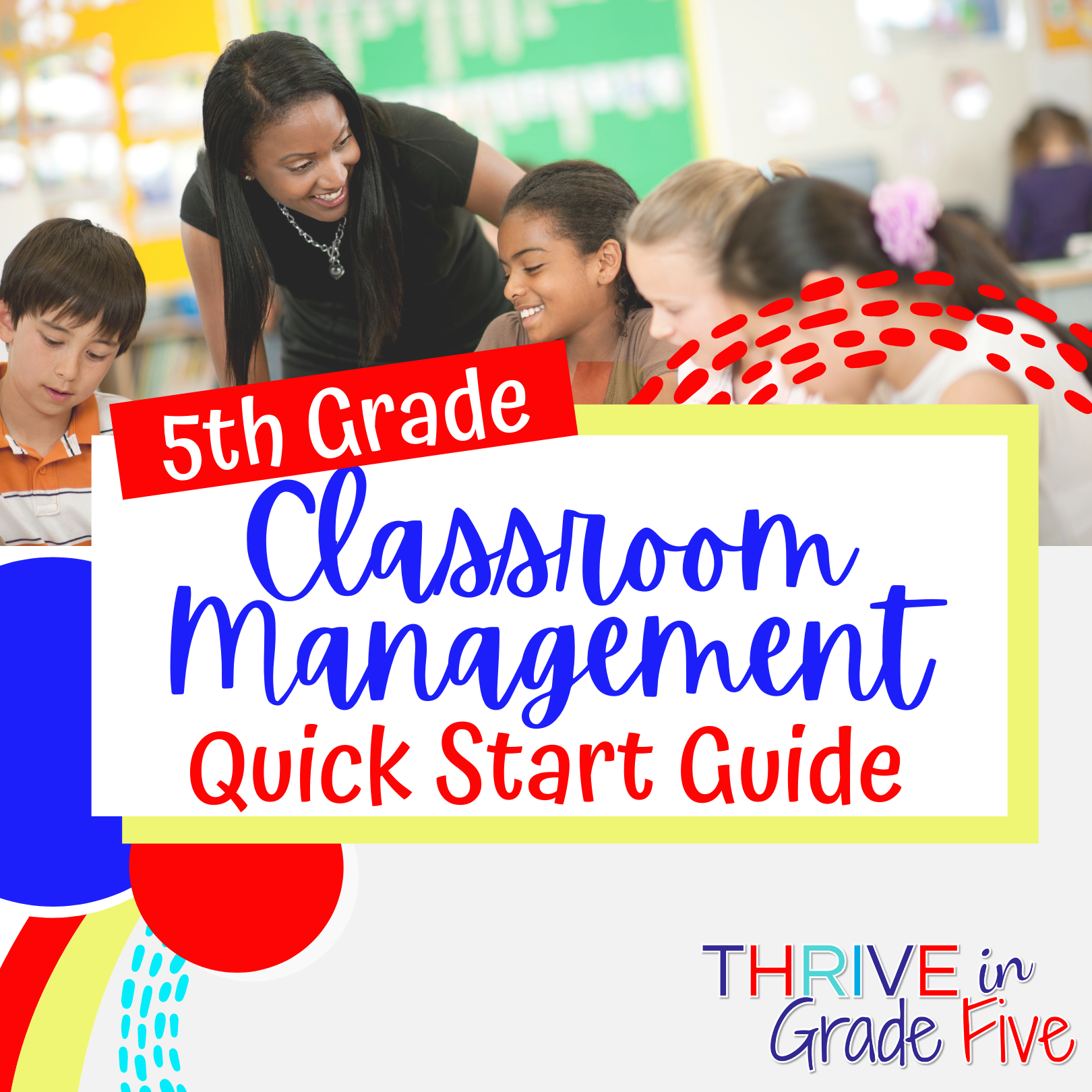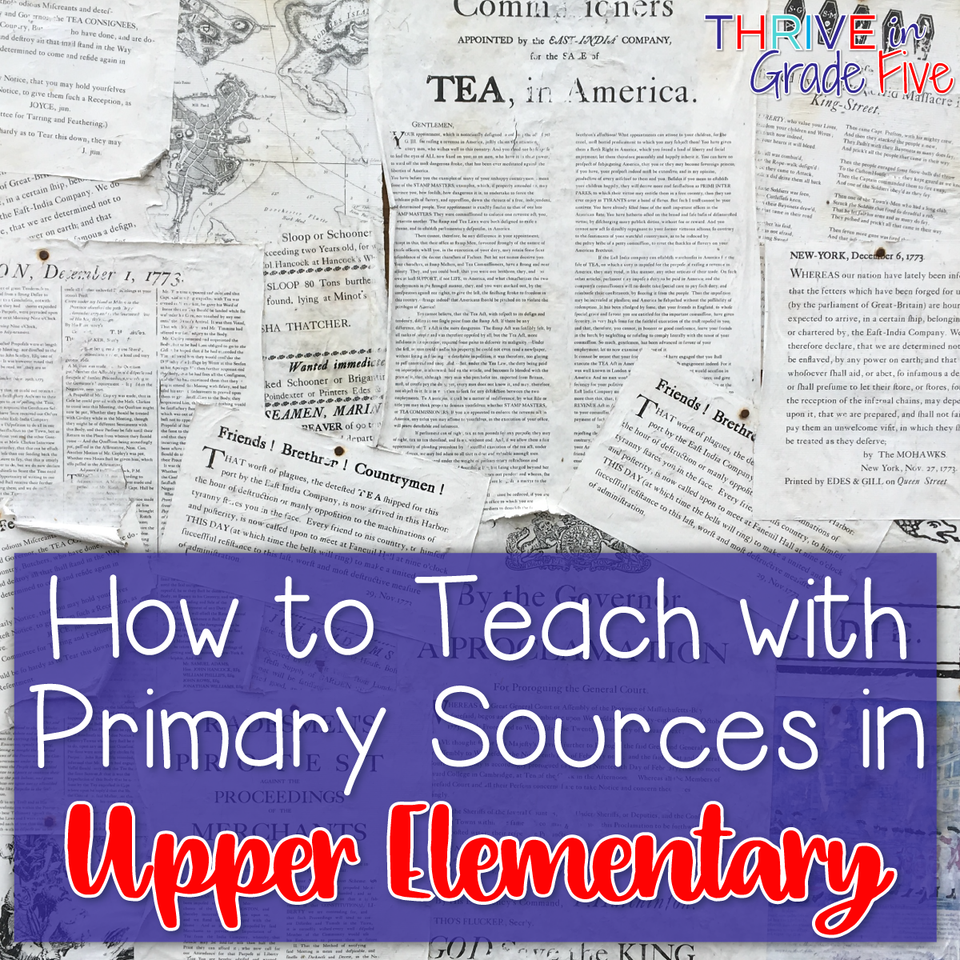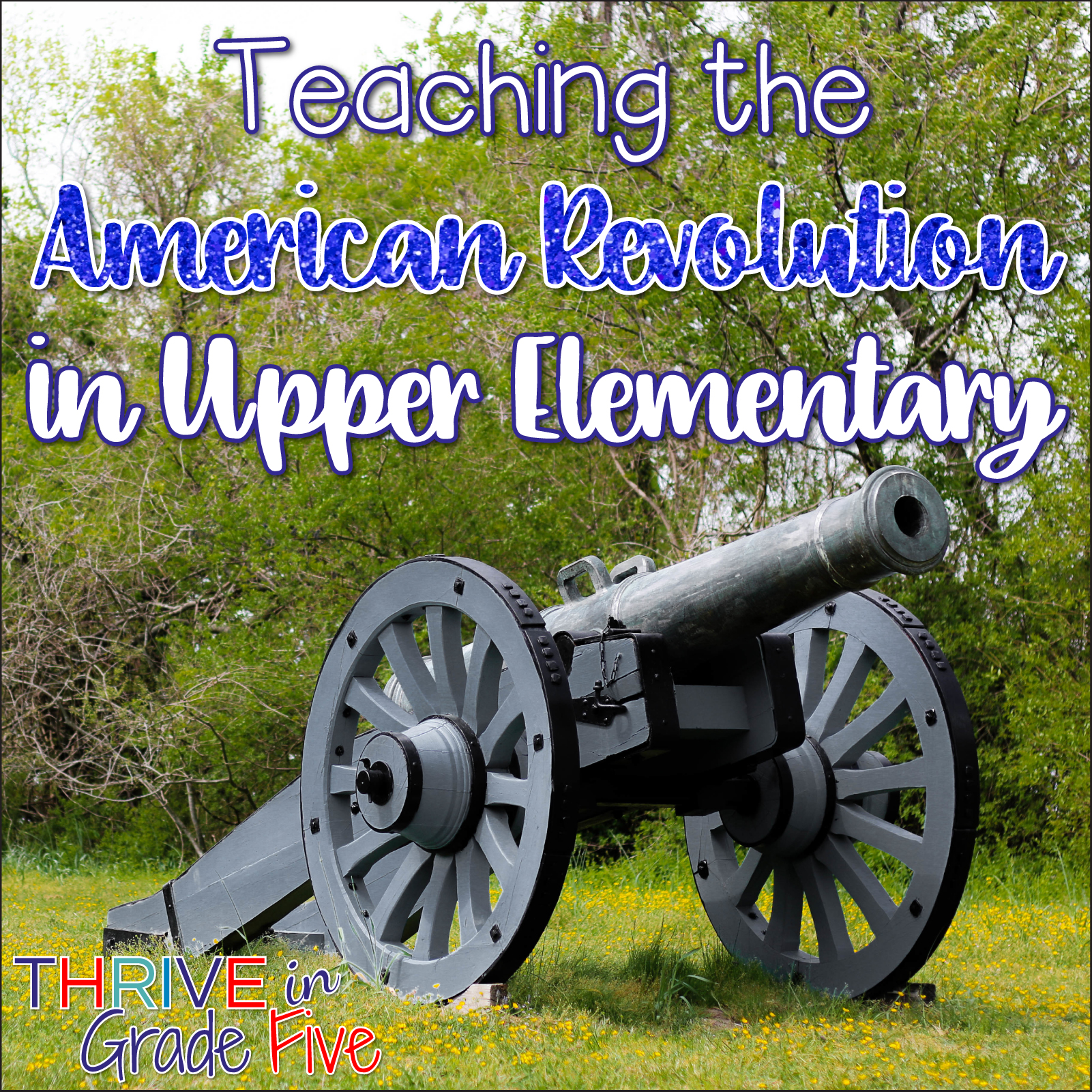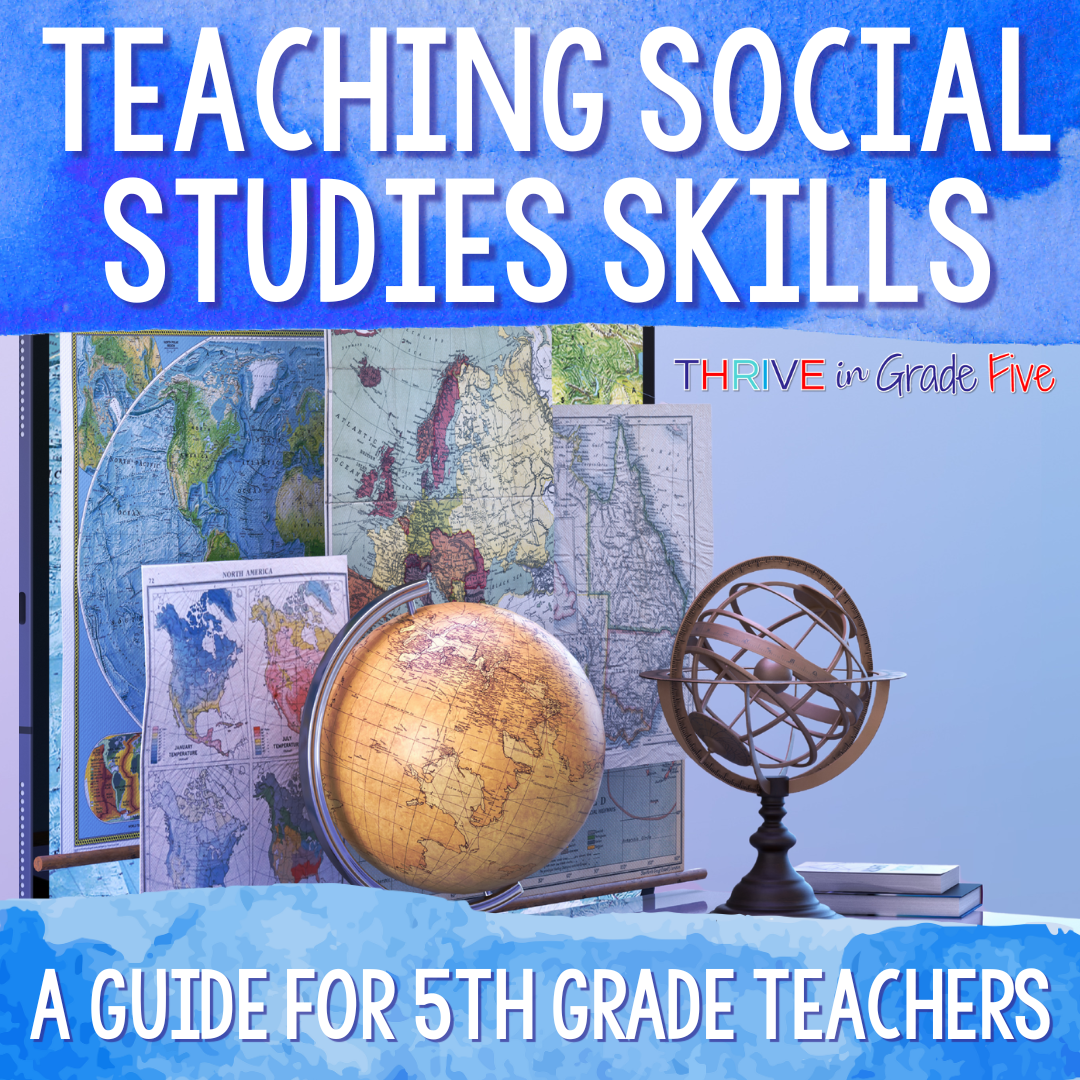Recently, I’ve had several fellow teachers reach out to ask how to teach the 2024 Presidential Election fairly and objectively.
It’s certainly not easy, but my best advice is to teach the ELECTION PROCESS, and keep information/opinions about the candidates to an absolute minimum.
In my Election 2024 Slides, I teach the election process, including the electoral college, political parties, and presidential qualifications. Check out this ready-to-use resource here:
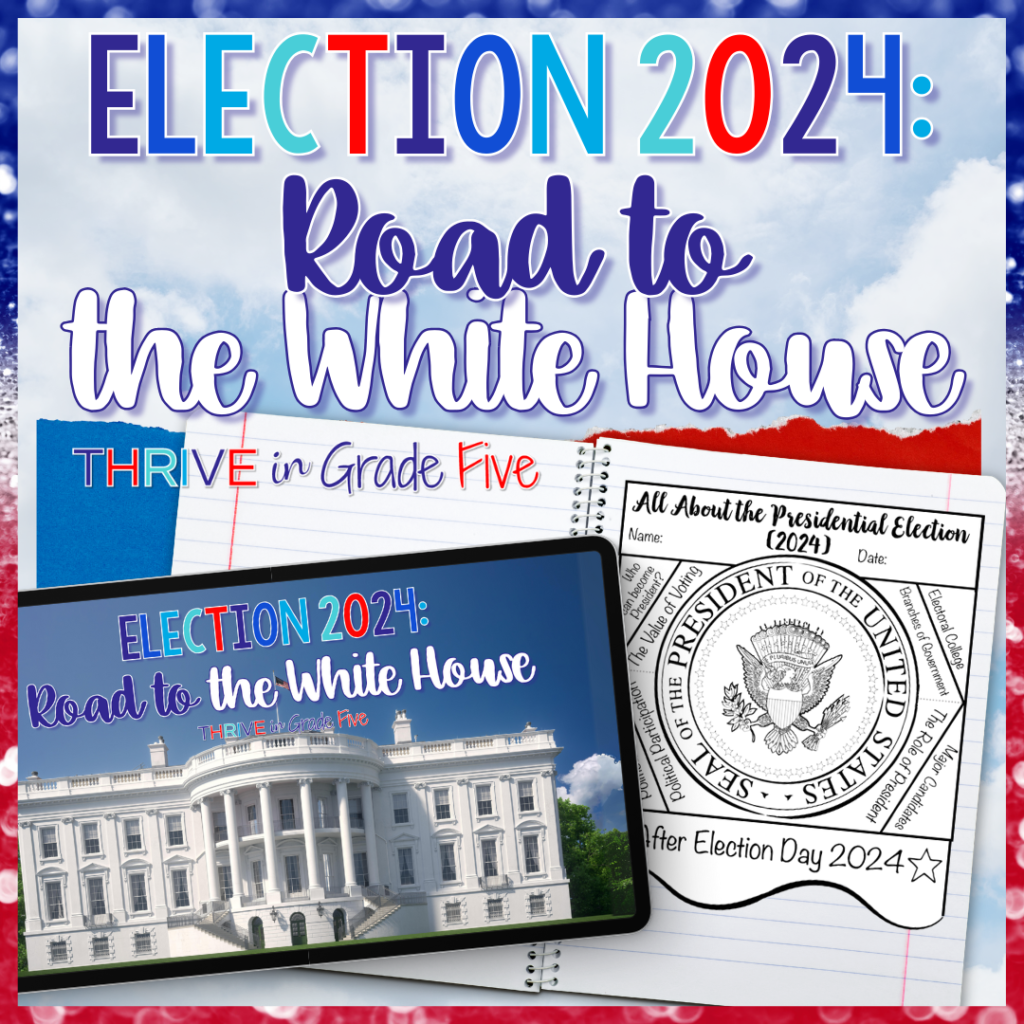
The negativity and mean words during this campaign season make our job as social studies teachers difficult but we CAN do this!
It helps to remember that nastiness during presidential elections is NOT a new phenomenon.
Have you read up on the bitter Election of 1800?
Vile insults were plentiful on both sides. Just watch the hit Musical Hamilton and you’ll see what I’m talking about.
As social studies teachers, our job is to teach students to rise above the “mud slinging” and look objectively at the election process, major issues, and candidates’ qualifications/platforms.
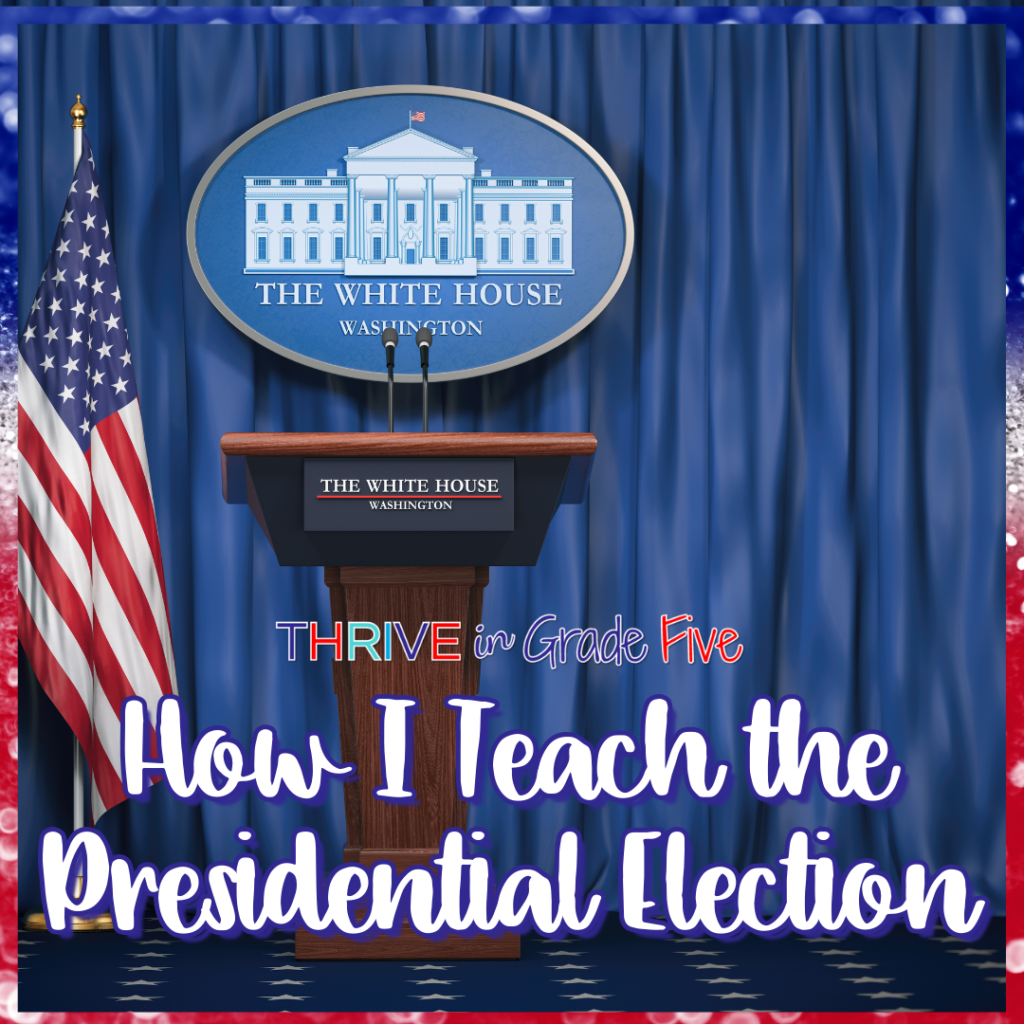
How I Teach the Presidential Election
Teaching our democratic process is an honor to me.
I think it is critical for students to understand how elections work because they’ll be voting age before we know it!
In my classroom, I focus on the election process, NOT the candidates. However, my students do know who the candidates are and which parties they represent.
Before I start talking about candidates, issues, or the election process, I have a serious conversation with my students about being objective and avoiding personal attacks.
Students usually hear many opinions in their lives outside of school and they bring those opinions with them when they arrive on our doorsteps.
Sometimes the things they hear aren’t very nice, so I establish ground rules early!
This is especially relevant in 2024, when the whole political arena seems rife with insults and baseless claims. It is a challenge these days to watch a news program and come away with actual facts.
Despite the current political climate, I try to be a good example for my students and emphasize kindness, fairness, and civility.
Here’s an example of outside influence from my own classroom: Recently, I handed out our weekly issue of “Time for Kids.” The issue happened to include information about the Presidential Candidates. At the end of the day, I noticed that one of my students had defaced one of the candidates’ pictures with devil horns and rude comments.
We’ve only just started talking about the election and candidates, so this incident shows me that the kids in my class already have some strong ideas.
I want my students to form their own opinions, though, because doing so will help them to develop critical thinking.
Ground Rules for Students
Here are the ground rules I use with my students:
- We will look at the candidates and issues with an open mind.
- We will state our opinions with respect and kind words.
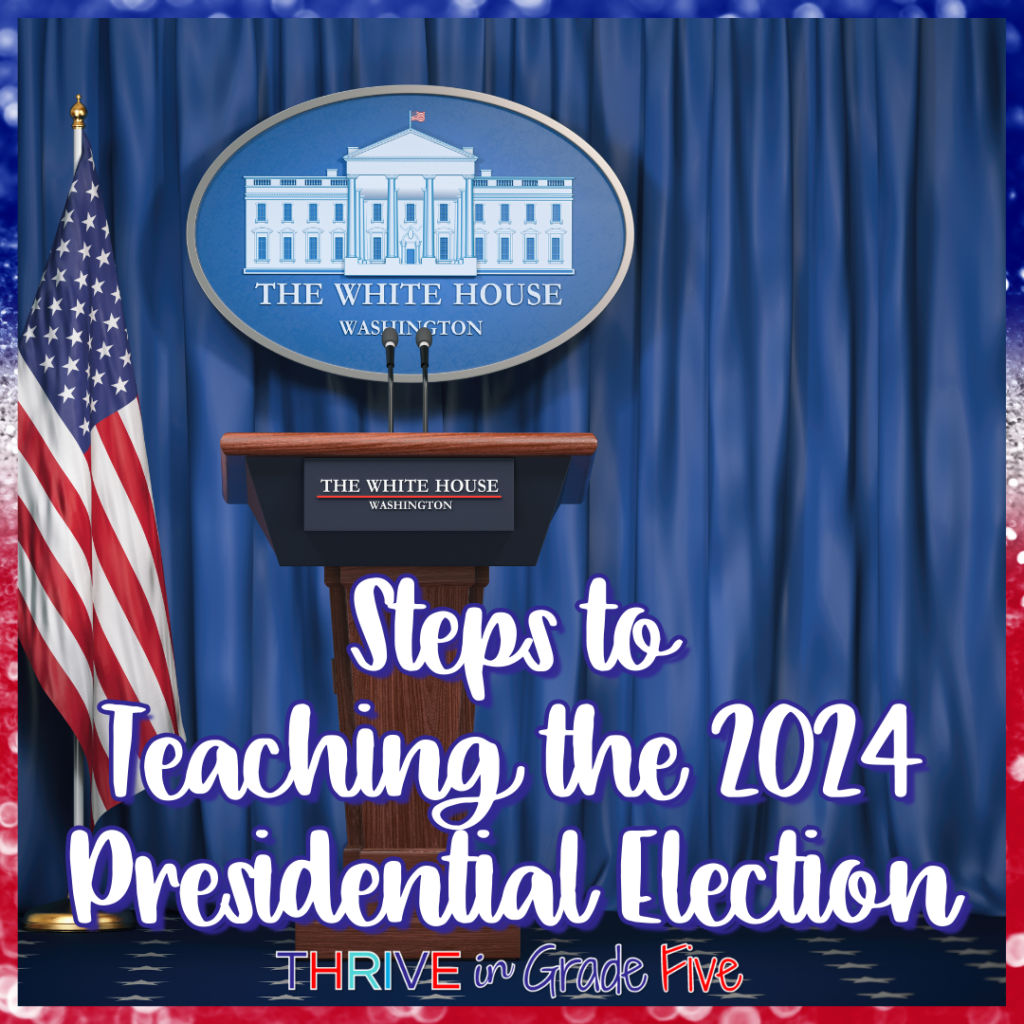
Steps to Teaching the 2024 Presidential Election
First, we discuss the presidential election process using these slides and layer book: Election 2024 Slides and Layer Book.
Second, I briefly introduce the candidates in my classroom using biographical information intended for students, like from Brittanica Kids.
Kamala Harris’ profile can be found here, while Donald Trump’s biographical information can be found here.
Third, once students know a little about each of the candidates, I hold a mock election in my classroom. This is a lot of fun for the kids and for me.
To receive a ballot later, students must first register to vote.
I do spend some time explaining what “voter registration” means and why students must register to vote as soon as they turn 18. Also, I encourage students to ask the grownups in their lives if they are registered to vote.
A day or two before the real election, I provide each student with an official ballot. Then, I simply tally the votes. I like to announce the winner on the same day that America’s choice for President is announced.
Through this process, I want my students to learn more about living in a Democracy, value their right to vote, and move toward becoming good consumers of information.
As Election Day approaches, be sure to download this map freebie to help your students keep track of the electoral votes as they roll in on November 5, 2024!
Want more? These posts will help:
